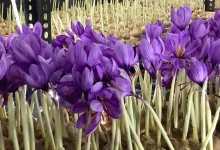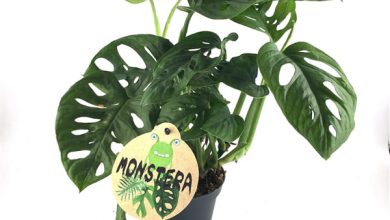How to Grow and Care for String of Turtles
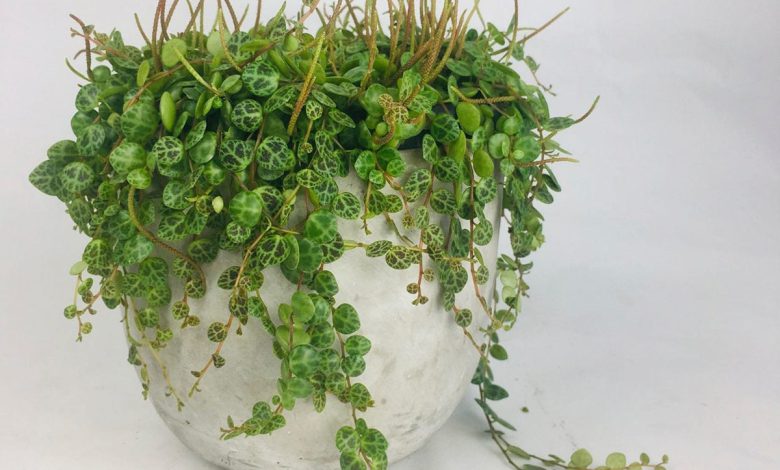
The care of the string of turtles (Peperomia prostrata) is essential to ensure its well-being. Native to the Brazilian rainforests, this petite succulent thrives in warm climates but can easily adapt to typical household conditions. As a result, it has gained popularity among houseplant enthusiasts and urban gardeners worldwide.
Due to its small size and slow growth rate, the string of turtles is an ideal choice for those with limited space. It takes approximately three to five years for this plant to reach full maturity. Its charming leaf shape, resembling a string of strung-together miniature turtles, adds to its appeal. This distinct feature makes it a favored addition to fairy gardens, container gardens, and glass terrariums.
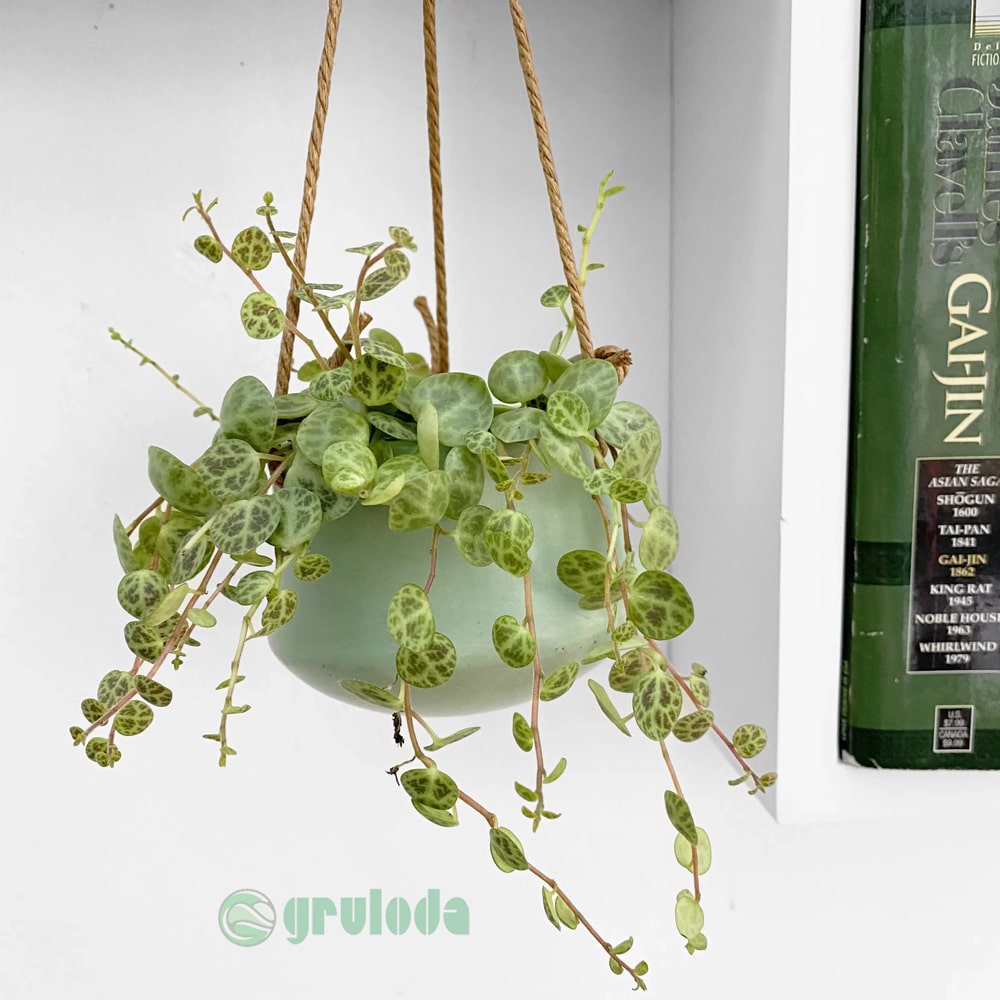
Moreover, the plant’s trailing vines boast intricate multi-colored patterns on each tiny leaf. Over time, these colors become more muted, eventually developing into a bicolored palette upon maturity. Typically, a darker green hue contrasts with lighter shades of green. Regardless of how it is utilized, the unique characteristics of Peperomia prostrata make it a valuable asset to any indoor plant collection and an excellent topic of conversation.
| Common Name | String of Turtles |
| Botanical Name | Peperomia prostrata |
| Family | Piperaceae |
| Plant Type | Semi-succulent |
| Mature Size | 12 in. long, 3-4 in. wide |
| Sun Exposure | Bright, indirect light |
| Soil Type | Loamy, moist |
| Soil pH | Neutral to acidic |
| Hardiness Zones | 10 to 12, USA |
| Native Area | Brazil |
Caring for a string of turtles plant is crucial to ensure its success as a standout addition to any tropical plant collection. While it may require a bit more attention and adaptation compared to other succulents, it is by no means a complicated process. With proper care, Peperomia prostrata can thrive and provide its owners with a distinct and well-maintained trailing succulent.
String of turtles care is essential to ensure the healthy growth and vitality of these plants. Here are some guidelines to follow:
Light:
String of turtles plants thrive in bright indirect sunlight. Exposing them to full sun for extended periods can harm the leaves, while insufficient light hampers new growth. Since these plants have a vining nature, it’s important to ensure that light reaches the top portions to promote continuous growth. Avoid placing them in areas without adequate light, such as high shelves, as this can hinder new growth. Ensure that light reaches all parts of the plant.
Soil:
Unlike other succulents, string of turtles plants do not thrive well in premixed soil formulated for succulents and cacti. Instead, use a soil mix primarily composed of organic matter, preferably one rich in peat. Commercial seed starting mixes often have this ideal formula. Peat provides the desired acidity for the plant, but be cautious not to let the pH drop too low. Periodically testing the soil is recommended. Additionally, ensure that the soil has good drainage.
Water:
String of turtles plants are more susceptible to overwatering than dry conditions. They prefer slightly moist conditions, reminiscent of their native Brazilian rainforest habitat. Ensure that the pot has drainage holes and water the plant thoroughly, allowing the soil to dry out between waterings. To avoid overwatering, saturate the soil until water drains out of the pot’s bottom, ensuring thorough moisture. Wait until the top two inches of soil have dried out before watering again.
Temperature and Humidity:
String of turtles plants prefer cooler and more humid temperatures compared to typical succulent preferences. Maintain a consistent temperature environment ranging from 68 to 75 degrees Fahrenheit. Avoid exposing the plant to cold temperatures by keeping it away from exterior doors or drafty windows. If placed outside during summer, bring it indoors before temperatures drop. During drier summer months or when using a heater during winter, consider using a mister or humidifier to increase humidity around the plant. Take care not to leave the leaves wet.
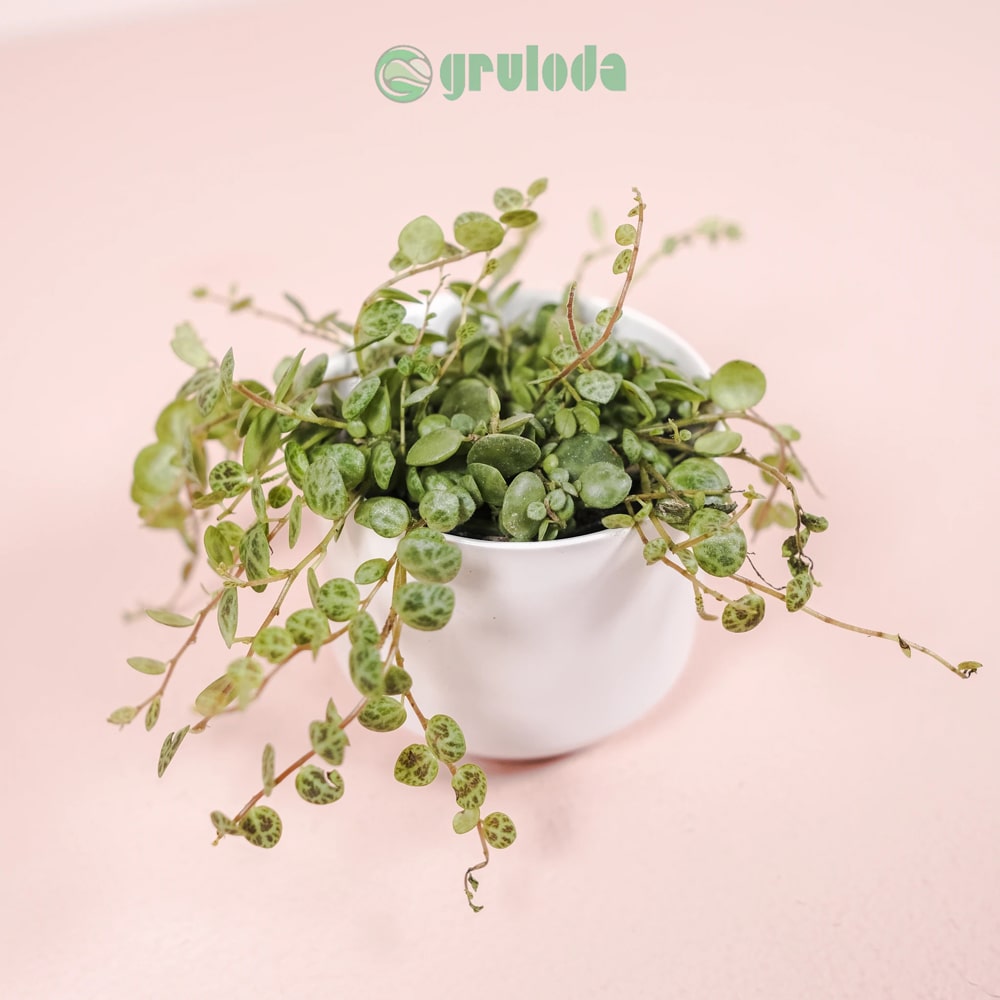
Fertilizer:
Regular feeding with a diluted houseplant fertilizer is beneficial for string of turtles plants. This helps maintain their vibrant appearance, including the color and patterns on the leaves. Feed the plant biweekly during the growing season, but avoid fertilizing in the fall or winter months.
Pruning:
Occasional pruning is necessary to prevent string of turtles plants from becoming unruly, ragged, and leggy. Prune the plant to remove dead or damaged stems and leaves, as well as to control unwanted growth. This practice stimulates new and vigorous growth. Use sanitized scissors or sharp snips for all pruning tasks.
By following these care instructions, you can ensure the well-being and beauty of your string of turtles plant.
Taking care of a string of turtles involves various aspects, including propagation and managing common pests and diseases. Here’s a breakdown:
Propagating String of Turtles:
Propagating string of turtles plants through cuttings is a simple and effective way to expand your plant collection or share with others. You can propagate the plant throughout the year using these steps:
1. Select a mature mother plant and use clean, sharp scissors to snip a few cuttings just below a node. Ensure the cuttings are at least 3 inches long.
2. Remove any leaves from the lower part of the cutting, near the stem.
3. Prepare a small pot with moist but not soggy regular potting mix.
4. Plant the cut end of the stem into the potting mix, ensuring that at least one node is beneath the soil surface. While using rooting hormone can speed up the process, it’s usually not necessary.
5. Place the pot in a location with bright, indirect light.
6. Keep the soil consistently moist, but avoid overwatering. After a few weeks, gently tug the cutting—if you feel resistance, it indicates root development. At this point, you can care for the plant as usual.
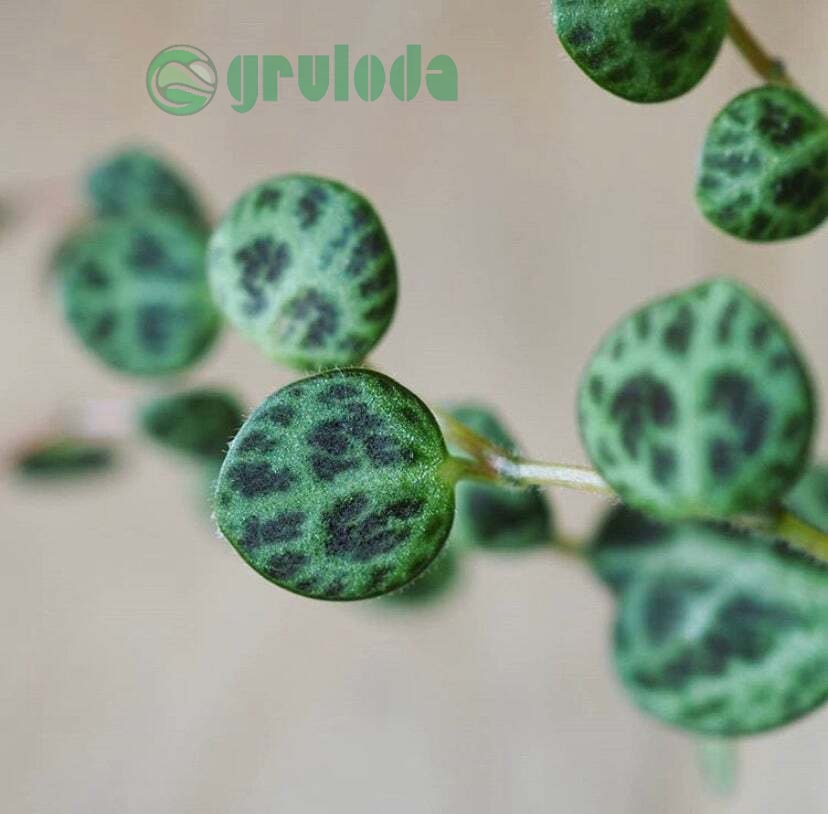
Common Pests and Plant Diseases:
String of turtles plants are generally resilient to major pests and diseases. However, like most houseplants, they can be susceptible to pests such as whiteflies, mealybugs, and spider mites. If you notice signs of infestation, treat the plant with insecticidal soap or neem oil.
Additionally, overwatering can lead to root rot in string of turtles plants. It’s important to ensure they are planted in well-draining soil or pots with ample drainage holes to prevent this issue.
By following these guidelines for propagation and addressing common pests and diseases, you can maintain a healthy and thriving string of turtles plant.
Preferred Environment
String of turtles care extends to providing the preferred environment for these plants. Unlike the typical expectations for succulents, string of turtles thrive in cooler temperatures rather than warmth. It is ideal to maintain a temperature range of 68 to 75 degrees Fahrenheit in your home. As for humidity, it is beneficial to maintain a humid environment, but it is important to avoid water residue on the leaves. During winter months, dry seasons, or when the heater is on, you may consider using a humidifier set on a low setting nearby to ensure a consistent and stable humidity level. By creating the right environment, you can promote the health and well-being of your string of turtles plant.
Promoting Bloom
Aim for flowering to happen once or twice a year throughout the growth season in your string of turtles plant to encourage blooming. The blossoms are tiny, with a white hue and a texture that leans somewhat spiky. They appear between the plant’s leaves. Although the blossoms may not have much of an effect, you may encourage blossoming by applying a weak solution of flowering fertilizer. You should dilute your liquid fertilizer solution with a 50/50 blend of fertilizer and water, just like you would with conventional fertilizing techniques used during the growth season.

